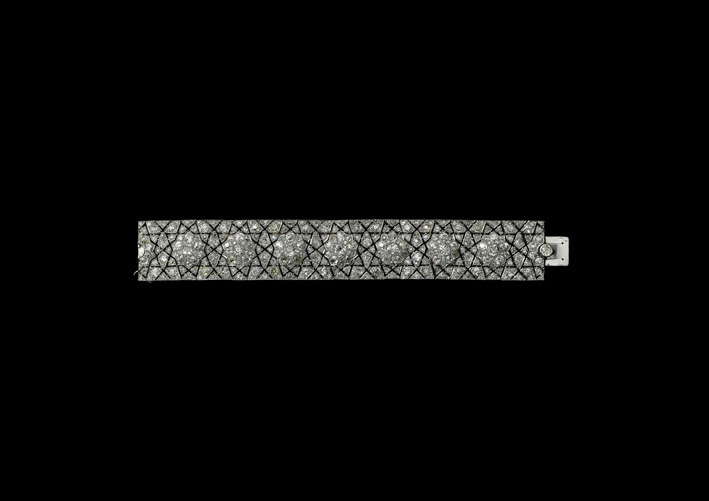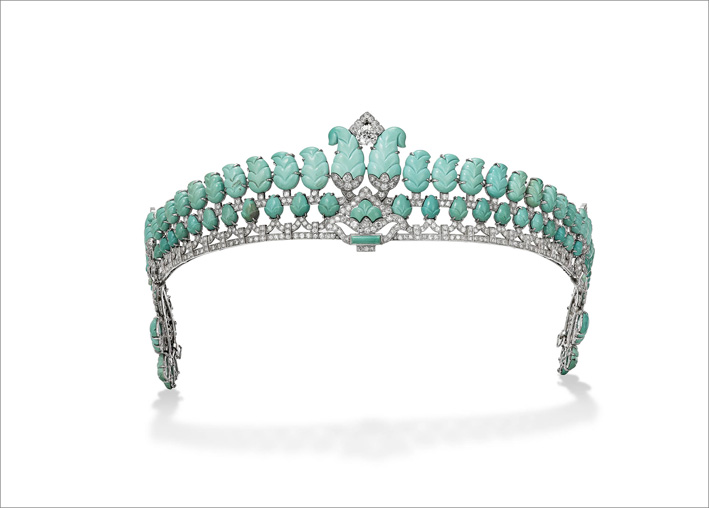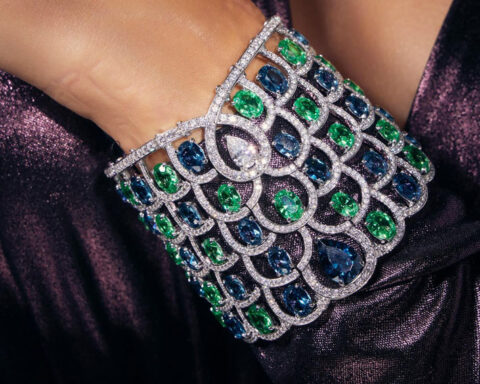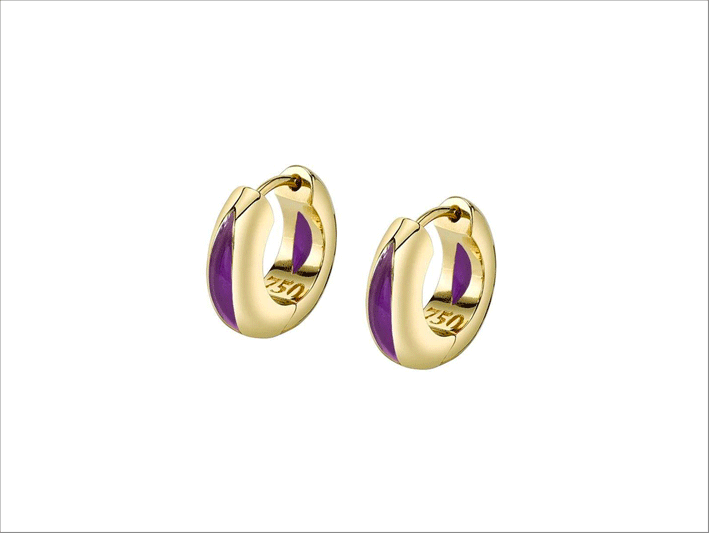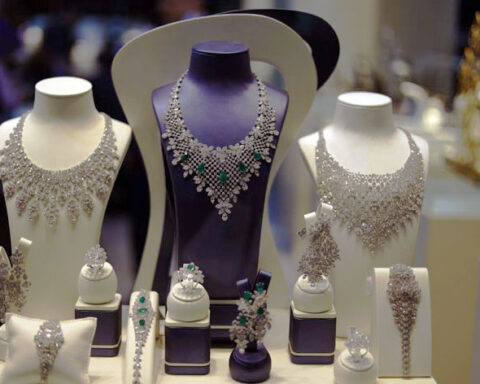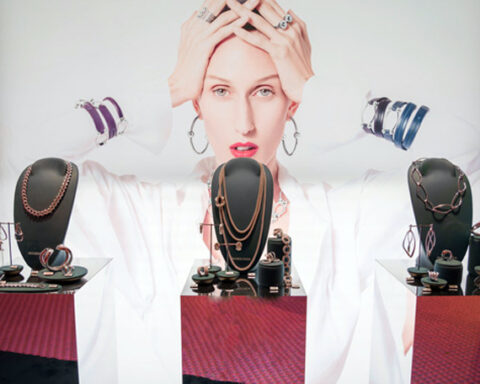What unites Islamic art with a luxury jeweler like Cartier? More than you can imagine. An exhibition in Paris (from 21 October 2021 to 20 February 2022) organized at the Musée des Arts Décoratifs discovers surprising connections and influences. The exhibition is titled Les Arts de l’Islam. Aux sources de la modernité, and is co-organized by the Musée des Arts Décoratifs, Paris and the Dallas Museum of Art, where it appeared last year.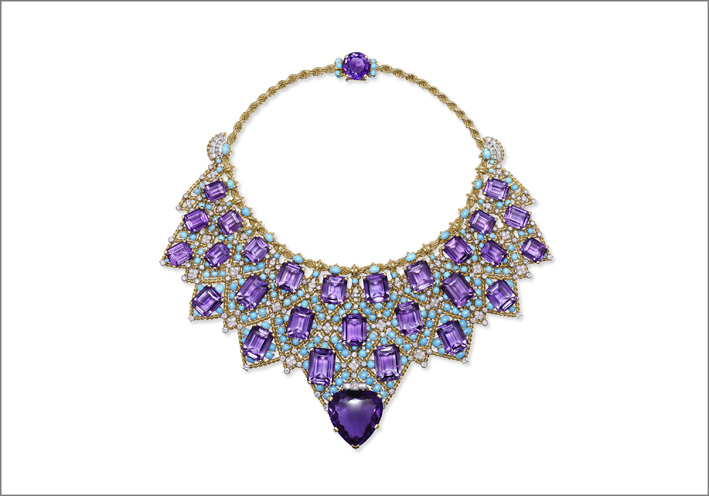
It turns out, therefore, that Cartier has used some of the traditional ornamental motifs in Islamic art in the design of its jewelry. The exhibition includes over 500 pieces including Cartier jewelry and objects, Islamic art masterpieces, drawings, books, photographs and archival documents. The exhibition explores the origins of this influence through the Parisian cultural context and the figure of Louis and Jacques Cartier, two of the founder’s grandsons, who played an important role in creating a new aesthetic suffused with modernity.
Founded in 1847 by Louis-François Cartier, the Parisian Maison initially specialized in the sale of jewelery and works of art. The founder’s son, Alfred, took over the company in 1874 and his eldest son, Louis, joined in 1898. At that time, Cartier designed its own jewelry, while continuing to resell antiques. At the beginning of the 20th century, Louis Cartier sought new inspiration. And Paris was the epicenter of the Islamic art trade: through the great exhibitions organized at the Musée des Arts Décoratifs in Paris in 1903 and then in Munich in 1910, Louis discovered exotic design.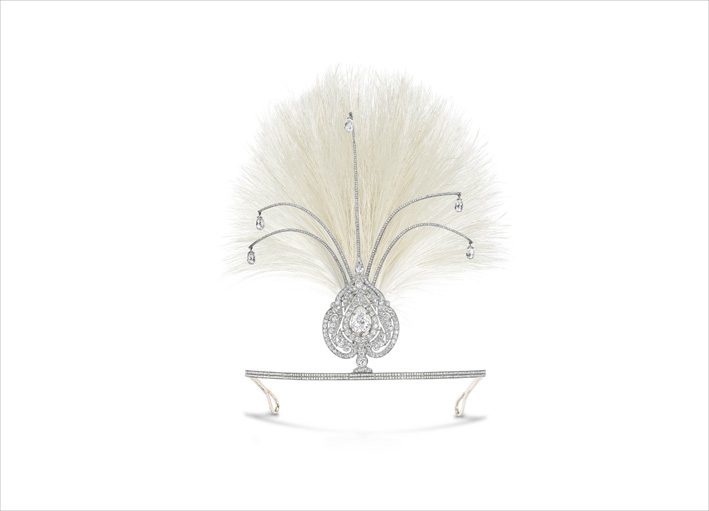
The exhibition also explores Jacques Cartier’s travels, such as the one to India in 1911, where he met the Maharajahs of the subcontinent. These sources of inspiration and oriental jewels have enriched the collections of the Maison Cartier, such as turban ornaments, tassels, bazubands (an elongated bracelet worn on the upper arm). Cartier has used these formats for several jewels, with an exceptional result. Almond shapes, palmettes, foliage, sequins, volutes, scales, have been interpreted with lapis lazuli and turquoise, combining the green of jade or emerald with the blue of lapis lazuli or sapphire to create his famous peacock model.

